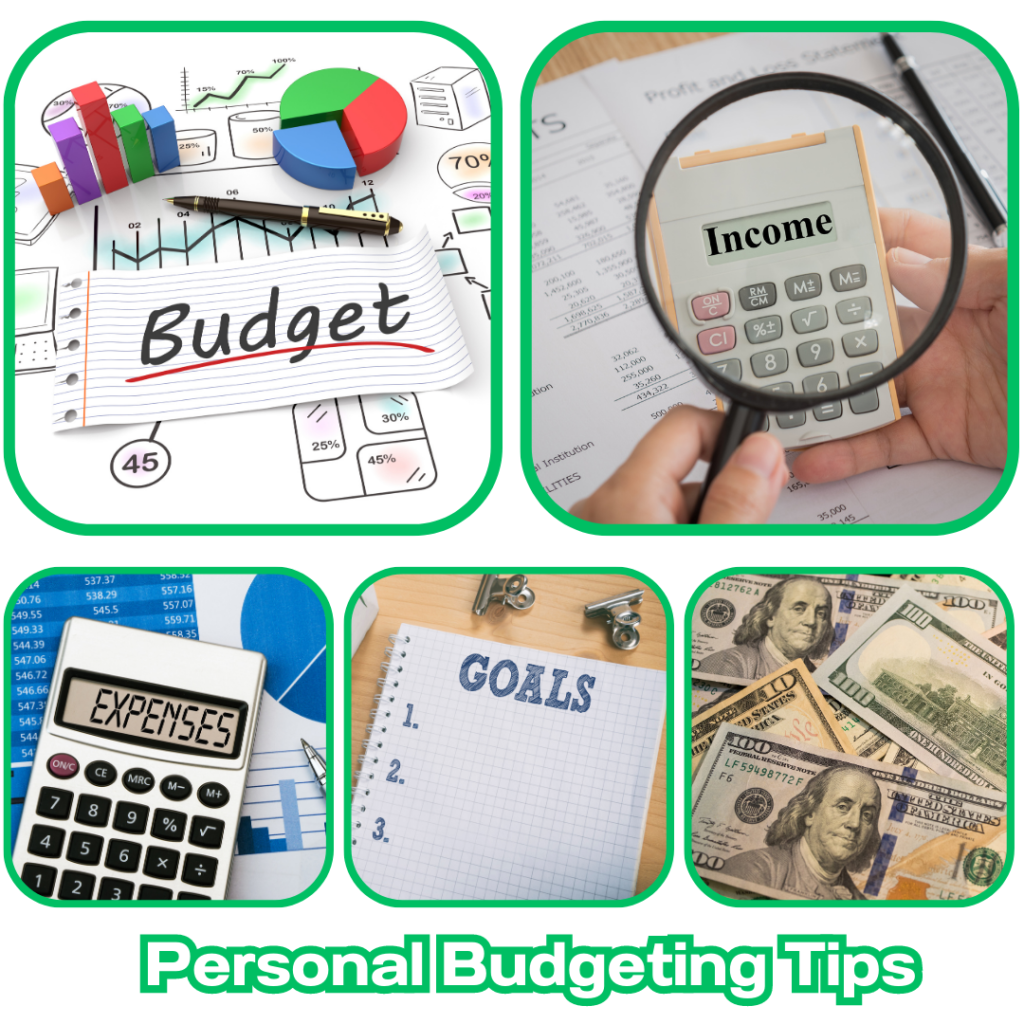
Managing your finances effectively is a crucial skill that can pave the way for a more secure and comfortable future. One of the fundamental tools for financial success is creating and sticking to a budget. If you’re new to budgeting, don’t worry – this guide will provide you with step-by-step guidance on how to create a budget, track your expenses, and set achievable financial goals.
Step 1: Understanding the Importance of Budgeting
Before diving into the nitty-gritty of budget creation, it’s important to understand why budgeting matters. A budget helps you gain control over your spending, ensures you’re not overspending, and enables you to allocate funds for your priorities, whether it’s saving for a vacation, paying off debt, or building an emergency fund.
Step 2: Calculate Your Income
The first step in creating a budget is to determine your total monthly income. Include all sources of income, such as your salary, freelance earnings, rental income, and any other revenue streams. Having an accurate understanding of your income is crucial for planning your expenses.
Step 3: List Your Fixed Expenses
Fixed expenses are the recurring costs that remain relatively constant month to month. These typically include rent or mortgage payments, utilities, insurance premiums, and loan payments. List these expenses to get a clear picture of your essential financial obligations.
Step 4: Track Variable Expenses
Variable expenses are the costs that can fluctuate each month. This category includes groceries, dining out, entertainment, and shopping. To accurately track these expenses, keep receipts and record your spending for a few months. This will give you a better understanding of your spending patterns.
Step 5: Set Financial Goals
Financial goals provide you with a sense of purpose for your budget. Whether you want to pay off debt, save for a down payment on a house, or build an emergency fund, defining your goals will guide your budgeting decisions.
Step 6: Allocate Funds
With a clear overview of your income, fixed expenses, and variable expenses, it’s time to allocate funds to different categories. Start by ensuring that your fixed expenses are covered. Then, distribute the remaining funds among your financial goals and variable expenses. Be realistic and prioritize needs over wants.
Step 7: Monitor and Adjust
Creating a budget is not a one-time task. It’s an ongoing process that requires regular monitoring and adjustments. Use apps, spreadsheets, or budgeting software to track your expenses against your budgeted amounts. This will help you identify areas where you’re overspending and where you can cut back.
Step 8: Practice Discipline
Sticking to a budget requires discipline and self-control. Avoid impulsive purchases that aren’t aligned with your financial goals. If you’re tempted to overspend, remind yourself of the bigger picture and the rewards that disciplined budgeting can bring.
Step 9: Build an Emergency Fund
One of the first financial goals to prioritize is building an emergency fund. This fund acts as a safety net during unexpected events like medical emergencies or job loss. Strive to save at least three to six months’ worth of living expenses.
Step 10: Celebrate Milestones
As you achieve your financial goals, take the time to celebrate your milestones. Whether it’s paying off a credit card or reaching a savings target, acknowledging your progress will keep you motivated to stick to your budget.
Budgeting is a foundational skill that can have a profound impact on your financial well-being. By following these step-by-step guidelines for creating a budget, tracking expenses, and setting financial goals, you’ll be well on your way to achieving financial success. Remember that consistency is key – with dedication and patience, you can take control of your finances and build a more secure future.
Leave a Reply